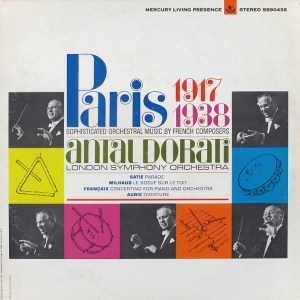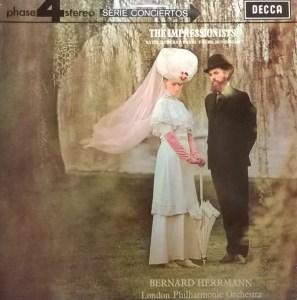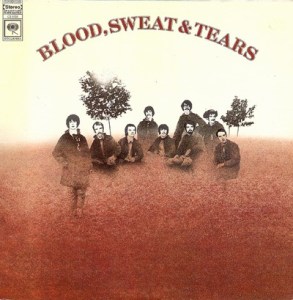More of the Music of Blood, Sweat and Tears
Reviews and Commentaries for Blood, Sweat and Tears
In my opinion this is the BEST SOUNDING rock record ever made. Played on a BIG SPEAKER SYSTEM, a top Hot Stamper pressing is nothing less than a thrill, the ultimate Demo Disc.
Credit must go to the amazing engineering skills of ROY HALEE. He may not be very consistent (Graceland, Still Crazy After All These Years) but on this album he knocked it out of the park. With the right copy playing on the right stereo, the album has the potential to sound like LIVE MUSIC.
You don’t find that on a record too often, practically never in fact. I put this record at the top of The Best Sounding Rock Records of All Time.
TRACK LISTING
Side One
Variations on a Theme by Erik Satie (1st & 2nd Movements)
The song is always going to be plagued with a certain amount of surface noise. A solo guitar opening on a pop record pressed on Columbia vinyl from the ’60s? A brand new copy would have surface noise, so it’s important to not get too worked up over surfaces that are always going to be problematical.
Smiling Phases
Sometimes in Winter
This shootout taught me a lot about this track. There is a huge amount of bass which is difficult to reproduce; the best copies have note-like, controlled (although prodigious) bass which is a very tough system test.
Having said that, what separates the killer copies from the merely excellent ones is the quality of the flute sound. When you can hear the air going through the flute, and follow the playing throughout the song, you have a superbly transparent copy with all the presence and resolution of the best. If the flute sounds right, Katz’s voice will too. The sound will be Demonstration Quality of the highest order. Want to shoot out two different copies of this album on side one? Easy. Just play this track and see which one gets the flute right.
By the way, we LOVE the version of this song that Sergio Mendes does on Stillness. Eric Katz is a decent singer; the two girls in Brazil ’66 are SUPERB singers. The fact that they are female, that there are two of them and that they can harmonize as beautifully as any two singers you’ve ever heard allows their version of the song to have qualities far beyond the boys in Blood Sweat and Tears. But the BS&T guys make up for it by being REAL JAZZ MUSICIANS. Most of this album is real jazz played by top notch players. No other successful pop album to my knowledge can make that claim. In that sense it’s sui generis. But it’s unique in other ways as well, not just that one.




